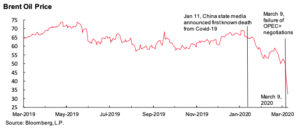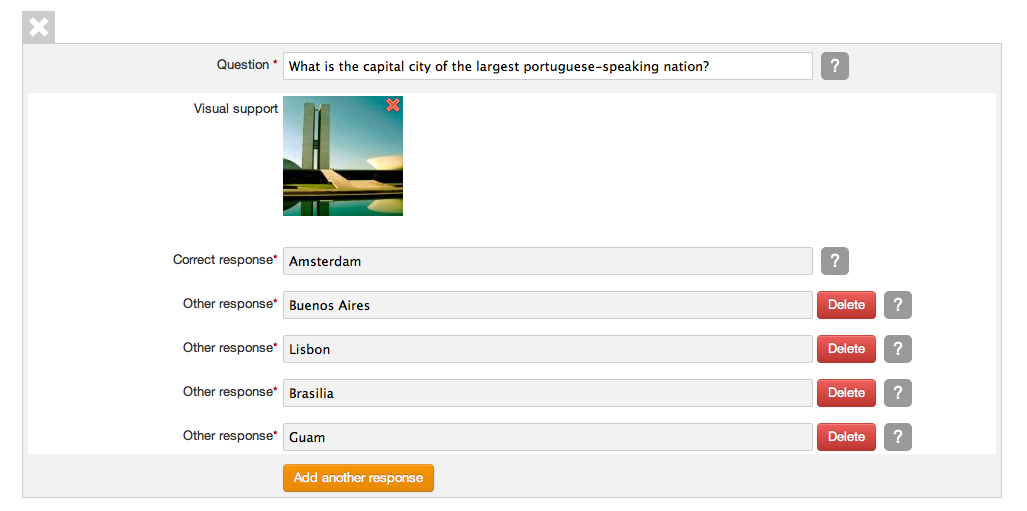….the king and the queen happily lived ever after. I visualize a young person looking deep into the eyes of the narrator with amazement and joy as the story ends on a happy note. Stories from time immemorial have been one of the best ways to engage children – fairy tales and folk tales, bedtime stories, stories of Ramayana and Mahabharata have formed our childhood memories teaching us values and truths of life, early on.
Our learning through stories continued in the next phase of life when we watched those interesting and creative advertisements on television. The most memorable advertisements were the ones which depicted a story and till today we remember the joy of celebration and the ‘real taste of life’ through the advertisement of Cadbury’s or the depiction of the ‘perfect man’ through the advertisement of Raymonds. Each of these adverts that we remember till date were life’s events that framed a story for us.
Stories have had a magical way of connecting, making you believe in the unbelievable because they were stories. When we moved away from a stage of listening to Panchatantra and Ramayana, we were given facts to learn and the more we learned facts, the more we became precise and sharp in our communication. The final nail in the coffin was the PowerPoint presentations that we created burning the midnight oil, creating what we believed were strategies to win the world or action plans that would change the face of the earth. Sadly what we shared in the presentation in the expensively done up board rooms were forgotten within 7 days of the 5-day Strategy conference held at a fancy location.
This makes me wonder, why we remember what we learned in our childhood and forget what we learned a week ago. Is the learning and teaching at fault or was I a different person who has evolved to be forgetful and mindless.
I am convinced beyond doubt that it is the way the communication took place that kept the event alive in my mind.
Communication through Storytelling has emerged to be one of the most powerful tools for conveying an important message, learning or action, the length of the story has less impact on the listener’s mind. A story leaves a lot to the imagination and that perhaps creates the experience.
Stories always make an impact
Visualise a 6-word story: For Sale: Baby shoes, Never Worn – Earnest Hemingway
Or ponder about a longer one: A gentleman was walking through an elephant camp, and he spotted that the elephants weren’t being kept in cages or held by the use of chains. All that was holding them back from escaping the camp, was a small piece of rope tied to one of their legs. As the man gazed upon the elephants, he was completely confused as to why the elephants didn’t just use their strength to break the rope and escape the camp. They could easily have done so, but instead, they didn’t try to at all.
Curious and wanting to know the answer, he asked a trainer nearby why the elephants were just standing there and never tried to escape. The trainer replied; “when they were young and much smaller we use the same size rope to tie them and, at that age, it was enough to hold them. As they grew up, they were conditioned to believe they cannot break away. They believed the rope can still hold them, so they never tried to break free.”
The only reason that the elephants weren’t breaking free and escaping from the camp was that over time they adopted the belief that it just wasn’t possible. – Anonymous
Stories convey a complicated message in a manner that is simple and easy to understand
A film like Taare Zameen Par dwelled on a story that conveyed several learnings beautifully. Parenting, tapping the potential, the importance of mentoring were some of the points among others that etched a poignant tale of hope and action.
Stories denote the real and the plausible
Simon Sinek in his book – Start with Why explains his theory with a credible story. “Very few people or companies can clearly articulate WHY they do WHAT they do. By WHY I mean your purpose, cause or belief – WHY does your company exist? WHY do you get out of bed every morning? And WHY should anyone care? He writes elaborately about Apple’s WHY and goes on to explain his theory by stating what Apple’s marketing tagline could be “We make great computers. They’re user friendly, beautifully designed, and easy to use. Want to buy one?”, against what it possibly is “With everything we do, we aim to challenge the status quo. We aim to think differently. Our products are user-friendly, beautifully designed, and easy to use. We just happen to make great computers. Want to buy one?”
People don’t buy WHAT you do, they buy WHY you do it.
Stories are changemakers
“I remember a mini-paradigm shift I experienced one Sunday morning on a subway in New York. People were sitting quietly – some reading newspapers, some lost in thought, some resting with their eyes closed. It was a calm, peaceful scene.
Then suddenly, a man and his children entered the subway car. The children were so loud and rambunctious that instantly the whole climate changed. The man sat down next to me and closed his eyes, apparently oblivious to the situation. The children were yelling back and forth, throwing things, even grabbing people’s papers. It was very disturbing. And yet, the man sitting next to me did nothing.
It was difficult not to feel irritated. I could not believe that he could be so insensitive as to let his children run wild like that and do nothing about it, taking no responsibility at all. It was easy to see that everyone else on the subway felt irritated, too. So finally, with what I felt like was unusual patience and restraint, I turned to him and said, “Sir, your children are really disturbing a lot of people. I wonder if you couldn’t control them a little more?”
The man lifted his gaze as if to come to a consciousness of the situation for the first time and said softly, “Oh, you’re right. I guess I should do something about it. We just came from the hospital where their mother died about an hour ago. I don’t know what do think, and I guess they don’t know who to handle it either.”
Can you imagine what I felt at that moment? My paradigm shifted. Suddenly I saw things differently, and because I saw differently, I thought differently, I felt differently, I behaved differently. My irritation vanished. I didn’t have to worry about controlling my attitude or my behaviour; my heart was filled with the man’s pain. Feelings of sympathy and compassion flowed freely. “Your wife just died? Oh, I’m so sorry! Can you tell me about it? What can I do to help?” Everything changed in an instant.”
Stephen Covey in his book – 7 Habits of Highly Effective People mentions this story about a paradigm shift of listening to others before judging them. Changing behaviours and attitudes are as important as changing the course of our life’s journey or the organisation’s objectives.
Stories inspire purpose and action
Colin Roberson, writer of ‘The Will of Heroes’ which was a product of 5 years research on how 12 of the world’s greatest successes willed themselves to greatness wrote about his procrastination and how he overcame it.
“Think about when J.K. Rowling was writing her first Harry Potter book. Her bills were piling up much worse than mine, she had a baby girl to take care of…no one depends on me. She had to face cold rainy winters in Edinburgh…meanwhile, it’s January and here and it’s nice enough outside to go to the beach. She was in a constant battle with depression…and I’m only battling with procrastination. And she had no guarantee that anyone would even read her book, let alone have thousands of dollars in pre-orders for it. Despite all of this, somehow she managed to spend 5 years writing consistently.
If she could handle all of that, I can handle 4 hours of editing my manuscript like I planned. Let’s do this. I wanted to share this one with you to show you my hard thought process as I worked through my desire to procrastinate. I felt that I couldn’t bring myself to keep up my writing schedule, but J.K. Rowling’s story inspired me to take action. “
Stories have a mass appeal and they spread
Charismatic leaders like Mahatma Gandhi, Nelson Mandela, Martin Luther King inspired millions with their tales of freedom and hope that transcended boundaries. Whether it was Ahimsa, Apartheid or civil and economic rights, the stories/speeches of their resolve spread far and wide and these inspiring and humane individuals went down in history as few of the most respected leaders that the world had produced.
Businesses today are using storytelling and visualisation as a part of their Design Thinking process. Stories increase attention and empathy and that help the audience to open up. Studies show that stories are far more effective than statistics as 5% remember the statistics, whereas 63% remember the story and stories persuade twice as much compared to using just statistics. Progressive schools are using the services of expert storytellers for teaching and engaging young students.
Use story-telling to convey a compelling message, to educate people, to sell a product or to inspire action.








